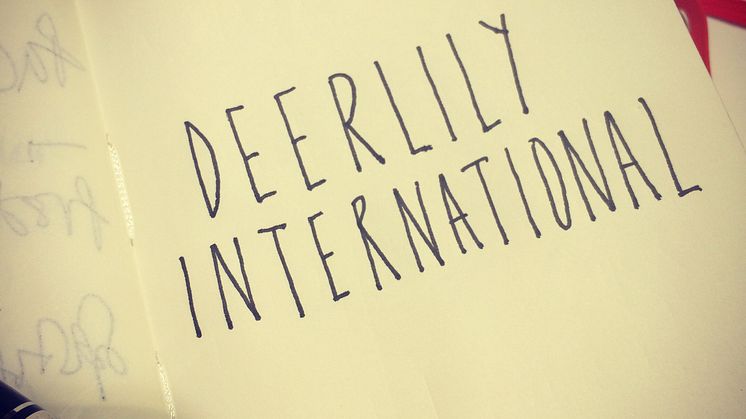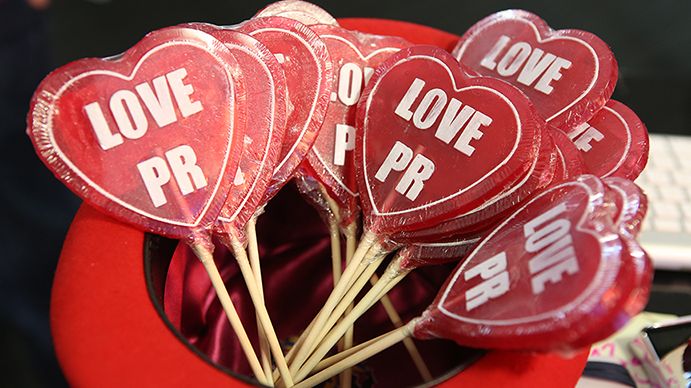
Blog post -
#WeArePR: “Don’t behave like a politician!” advises PR veteran Anders Sverke
Anders Sverke is the 2nd interviewee for the #WeArePR series, an exploration into the evolving world of communications through #PRTech. Anders has been working with Saint-Gobain Abrasives in Sweden for 27 years across marketing and communications, all the way from advertising to PR.
What tools do you use for the measurement of your PR strategy?
I use the analysis tool on Mynewsdesk to see how many users have received each press release. Then I also monitor all the printed trade magazines for our industry.
Before that I used a PR agency. They wrote articles for us and sent it out by post to the particular magazines, but they’re expensive and time-consuming for us when we can do it on our own. When I got Mynewsdesk and I knew how to write, I could do it myself a lot cheaper and quicker.
How do you think modern politics is reflecting or clashing with the modern marketing world?
Well, politicians are already learning something from the marketeers. They are using social media for instance. They package and present their ideas in a way that is easier to understand for the general public.
Is there anything marketing could learn from the politicians?
Don’t behave like a politician!
Do you think the new generation, the youth of today react differently to PR and marketing to previous generations?
I would say that they’re probably more critical to the messages sent out to the market.
They probably rely more on what their friends are saying than the messages that the company sends out.
Do you think modern marketing has become more democratic? Do you think companies listen to their customers more now?
Oh, yes. Previously, marketing was more a one-way conversation, a message sent out from the company.
But today it’s more of a two-way conversation between customers and the companies. Companies like Red Bull have a team of around 25 people there 24 hours a day just handling customer questions on social media. It’s more interactive than it was before.
______
Read more from Anders Sverke on how PR has evolved over the last 27 years.




